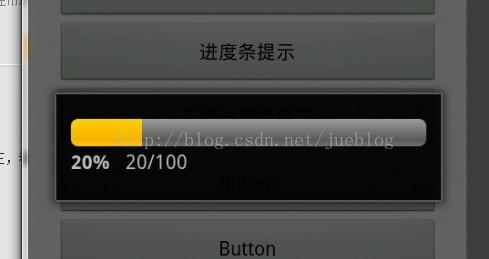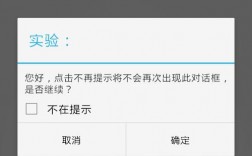在Android应用开发中,AlertDialog是一种常用的对话框组件,用于向用户显示警告、提示信息或进行简单的交互,在使用AlertDialog.Builder时,开发者可能会遇到各种报错问题,本文将详细探讨这些报错的原因及其解决方案,并提供一些常见问题的FAQs。
常见报错及解决方案
1、The constructor AlertDialog.Builder(HttpTool) is undefined

原因分析:这个报错通常是由于传递给AlertDialog.Builder构造函数的上下文对象不正确导致的,在Android中,AlertDialog.Builder需要一个有效的Context对象来正确初始化,而HttpTool显然不是一个有效的Context对象。
解决方案:确保传递给AlertDialog.Builder的是有效的Context对象,这应该是一个Activity实例,如果你在MainActivity中创建AlertDialog,应该使用MainActivity.this作为参数。
2、You need to use a Theme.AppCompat theme (or descendant) with this activity
原因分析:这个错误发生在你尝试在继承自Activity的类中使用AlertDialog时,从Android 5.0(Lollipop)开始,系统对话框(如AlertDialog)需要使用AppCompat主题或其子主题。
解决方案:为了解决这个问题,你需要在应用的主题中继承Theme.AppCompat或其子主题,可以在styles.xml文件中添加以下代码:
- <resources>
- <style name="AppTheme" parent="Theme.AppCompat.Light.DarkActionBar">
- <!Customize your theme here. >
- </style>
- </resources>
然后在创建AlertDialog时,确保传递正确的Context和主题,如下所示:

- new AlertDialog.Builder(new ContextThemeWrapper(context, R.style.AppTheme), R.style.AppTheme);
注意:如果你的应用支持较旧的Android版本,你可能需要在v7 appcompat库中添加依赖项。
3、NullPointerException when setting view in AlertDialog
原因分析:当为AlertDialog设置自定义View时,如果传递的View对象为null,就会引发空指针异常。
解决方案:确保在调用setView方法之前,View已经被正确初始化。
- LayoutInflater inflater = getLayoutInflater();
- View view = inflater.inflate(R.layout.custom_dialog, null);
- new AlertDialog.Builder(this).setView(view).create();
注意:在调用setView之前,务必检查View是否为null。
4、IllegalArgumentException: Cannot display dialog without a nonnull context

原因分析:这个异常通常是因为传递给AlertDialog.Builder的Context为null,在某些情况下,如在Fragment中使用AlertDialog时,如果使用不当的Context,就可能导致这个问题。
解决方案:确保在Fragment中使用getActivity()获取Context,而不是直接使用Fragment的Context。
- AlertDialog.Builder builder = new AlertDialog.Builder(getActivity());
注意:在Fragment中,建议使用requireActivity()代替getActivity(),以避免潜在的NullPointerException。
常见问题解答
1、为什么在Fragment中使用AlertDialog会报错?
答案:在Fragment中使用AlertDialog时,必须确保传递的Context是有效的,建议使用getActivity()或requireActivity()获取Context,而不是直接使用Fragment的Context,否则可能会导致Context不合法,从而引发异常。
2、如何为AlertDialog设置自定义主题?
答案:要为AlertDialog设置自定义主题,可以在styles.xml文件中定义一个新的主题,并在创建AlertDialog时将其应用。
- <style name="CustomAlertDialogTheme" parent="Theme.AppCompat.Light.Dialog.Alert">
- <item name="colorPrimary">@color/colorPrimary</item>
- <item name="colorAccent">@color/colorAccent</item>
- </style>
在Java代码中:
- new AlertDialog.Builder(new ContextThemeWrapper(context, R.style.CustomAlertDialogTheme))
- .setTitle("Custom Title")
- .setMessage("Custom Message")
- .show();
3、如何在AlertDialog中添加自定义View?
答案:要在AlertDialog中添加自定义View,可以使用LayoutInflater将布局文件转换为View对象,然后使用setView方法将其设置为AlertDialog的内容。
- LayoutInflater inflater = getLayoutInflater();
- View customView = inflater.inflate(R.layout.custom_view, null);
- new AlertDialog.Builder(this)
- .setView(customView)
- .show();
注意:确保custom_view布局文件已经定义,并且在inflate方法中正确引用。
通过以上分析和解决方案,可以帮助开发者更好地理解和解决在使用AlertDialog时遇到的各种报错问题,希望本文对大家在实际开发中有所帮助。


